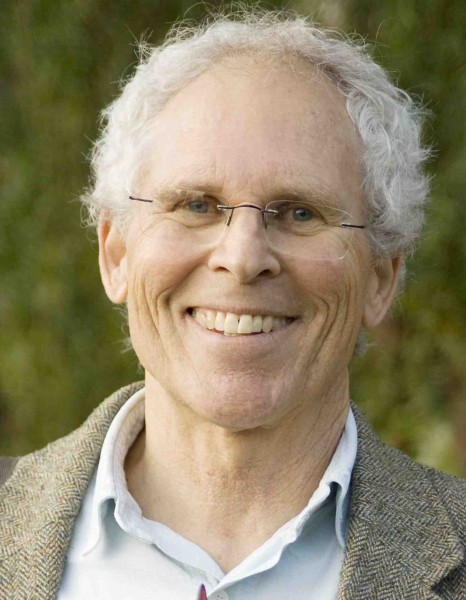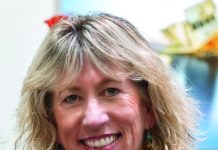Tidepooling With Two UC Irvine Sea Stars

On a clear, beautiful Sunday afternoon this Spring my wife, Ginger, and I joined with UC Irvine professors Kathleen Treseder and Amy Henry and maybe 20 others to go tidepooling. All of us had donated to Treseder’s current election campaign for the Irvine City Council. I’ve known her since we were panelists a few years ago on a program at the Laguna Beach Women’s Club. On that occasion, Treseder showed map slides produced by the National Oceanic and Atmospheric Administration projecting ocean encroachment on downtown Laguna by the end of this century based on sea-level rise scenarios. The audience had gasped when we saw that the area where Whole Foods is located will be underwater.
Fast-forward to now, and Treseder is bringing her scientific knowledge to bear on issues of clean energy and a range of other concerns in Irvine. With my profound respect for her knowledge base, especially of nature, I was eager to explore the tidepools of Crystal Cove State Park with her and her colleague.
The group assembled at a trail near the parking lot and she led us toward the beach, pointing out various species of native and invasive plants. She told us that Crystal Cove State Park does “an incredible job” of maintaining the area while pointing out that the seemingly ubiquitous black mustard plant with yellow petals was an invasive species. Cattle may be brought in to eat it and control its growth in the Weir Canyon area and that would be a good thing, she said.
When we reached the beach our group headed northward toward the rockiest tidepools I’ve ever visited, very much unlike Laguna’s, which are far more accessible but, alas, also more heavily trafficked by humans and less pristine. En route, Treseder pointed out the “wrack,” or kelp that had washed up on the beach, noting how it constituted a valuable ecosystem for the insects and other creatures inhabiting it. Sharp vertical and diagonal slab-like projections, some waist-high, of Monterey shale had to be traversed or gotten around to reach Little Treasure Cove.
Approaching my 80th birthday, I found this venture more daunting than I had anticipated in terms of the balance and agility required. So, I found the least pointed outcropping to sit on and watched hermit crabs in the tide pool near my feet. Meanwhile, the group, including my wife, explored some of the tidepools farther north. She took some notes for me, based on the observations of Treseder and Henry.
Their group saw sea anemones, sea hares, and a brittle sea star among other creatures. Henry identified sargassum, a brown seaweed with berrylike air bladders. She noted that sargassum is “not harmful in the intertidal zone” but in deeper water can be problematic for kelp. Moreover, she noted that intertidal zones were good places to study the effects of climate change on plants and animals coping with a wider range of temperatures.
At one point, my wife became a little concerned about how I was doing perched where I was and started to walk back toward me. That is, until she heard that someone had spotted a sea hare. Her curiosity aroused, she abruptly returned to the group, abandoning me (again!) to see what had drawn people’s attention. So, I lost out to a sea hare. Oh well.
She eventually made her way back to me and we walked back to the parking lot exhilarated by the sea air, the beautiful coast, and the tutorial provided by two of UC Irvine’s star professors. Our tidepooling afternoon with them brought to mind a line from famed marine biologist Rachel Carson, “To stand at the edge of the sea, to sense the ebb and flow of the tides, to feel the breath of a mist, is to have knowledge of things that are as nearly eternal as any earthly life can be.”
Tom wrote Coastal Sage: Peter Douglas and the Fight to Save California’s Shore. He and his wife co-lead the Laguna chapter of Citizens’ Climate Lobby. Email: [email protected].




